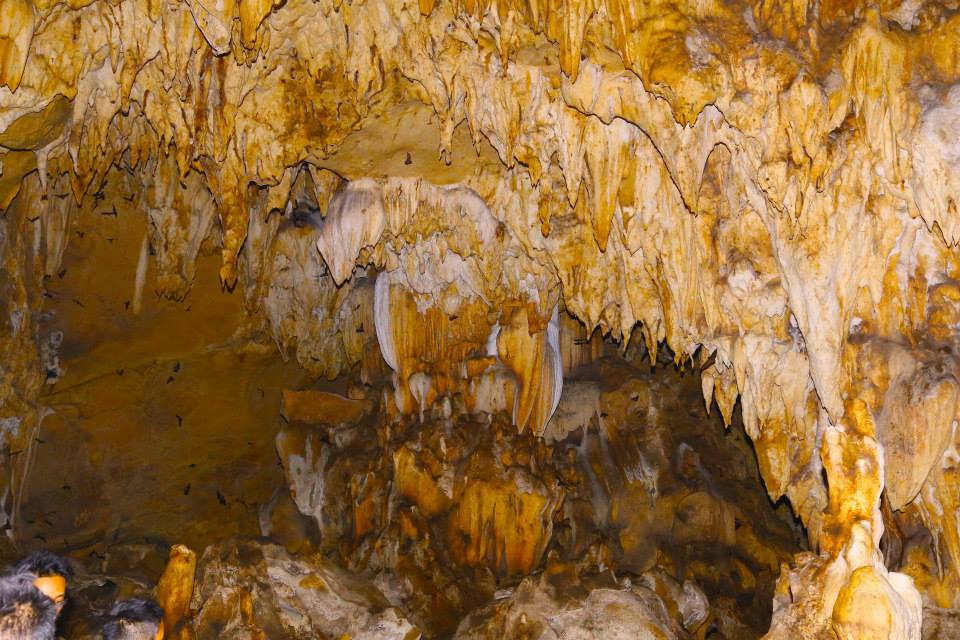Dolores, Abra
More than a hundred years ago, Dolores then known as Bucao the neighboring barrio of the municipality of Tayum. The Spanish sovereign’s objective of spreading Christianity made the birth of a new town imminent.
In 1884, Bucao and its adjacent sitios were combined into a new municipality which was later named Dolores, in honor of image of patron saint, Nuestra Señora de Dolores.
Don Rosalio Eduarte was the founding Gobernadorcillo. He saw the growth of Dolores from the Phillipine Revolution to the American Era, extending from World War I to the Commonwealth period. His colorful career was highlighted by his term as Governor of the sub-province of Abra.
In the advent of American rule, a structural plan was laid out in the Poblacion. A plaza stood at the center with a school building erected to its east and its north, a church and a town hall.
In 1927, the largest barrio of Dolores and its surrounding sitios seceded to form the town of San Juan. The historical change adversely affected Dolores, losing more than half of its land area, natural resources and population. The pre-war years, 1920-1940 were characterized by factionalism. Two feuding political parties, Barbero of the west and Buenafe of the east literally divided the town into two. The first Abra strongman, Don Quintin Paredes, Filipino senator and an eminent statesman, came to the town’s rescue. He successfully convinced the feuding parties to come into peace terms. In 1939, the reconciled factions built a bust of Don Quintin Paredes at the town plaza. This bust became a symbol of reconciliation and brotherhood.
During World War II, the town suffered under the siege of Japanese troops. Economic depression hit the people more acutely than other past upheavals. Wanton massacres, rape of women and plunder of natural resources were the order of the day.
The municipality is composed of 15 barangays: Bayaan, Cabaroan, Calumbaya, Cardona, Isit, Kimmalaba, Libtec, Lublubba, Mudiit, Namitingan, Pacac, Poblacion, Salucag, Taping, and Talogtog.
In 1884, Bucao and its adjacent sitios were combined into a new municipality which was later named Dolores, in honor of image of patron saint, Nuestra Señora de Dolores.
Don Rosalio Eduarte was the founding Gobernadorcillo. He saw the growth of Dolores from the Phillipine Revolution to the American Era, extending from World War I to the Commonwealth period. His colorful career was highlighted by his term as Governor of the sub-province of Abra.
In the advent of American rule, a structural plan was laid out in the Poblacion. A plaza stood at the center with a school building erected to its east and its north, a church and a town hall.
In 1927, the largest barrio of Dolores and its surrounding sitios seceded to form the town of San Juan. The historical change adversely affected Dolores, losing more than half of its land area, natural resources and population. The pre-war years, 1920-1940 were characterized by factionalism. Two feuding political parties, Barbero of the west and Buenafe of the east literally divided the town into two. The first Abra strongman, Don Quintin Paredes, Filipino senator and an eminent statesman, came to the town’s rescue. He successfully convinced the feuding parties to come into peace terms. In 1939, the reconciled factions built a bust of Don Quintin Paredes at the town plaza. This bust became a symbol of reconciliation and brotherhood.
During World War II, the town suffered under the siege of Japanese troops. Economic depression hit the people more acutely than other past upheavals. Wanton massacres, rape of women and plunder of natural resources were the order of the day.
The municipality is composed of 15 barangays: Bayaan, Cabaroan, Calumbaya, Cardona, Isit, Kimmalaba, Libtec, Lublubba, Mudiit, Namitingan, Pacac, Poblacion, Salucag, Taping, and Talogtog.
